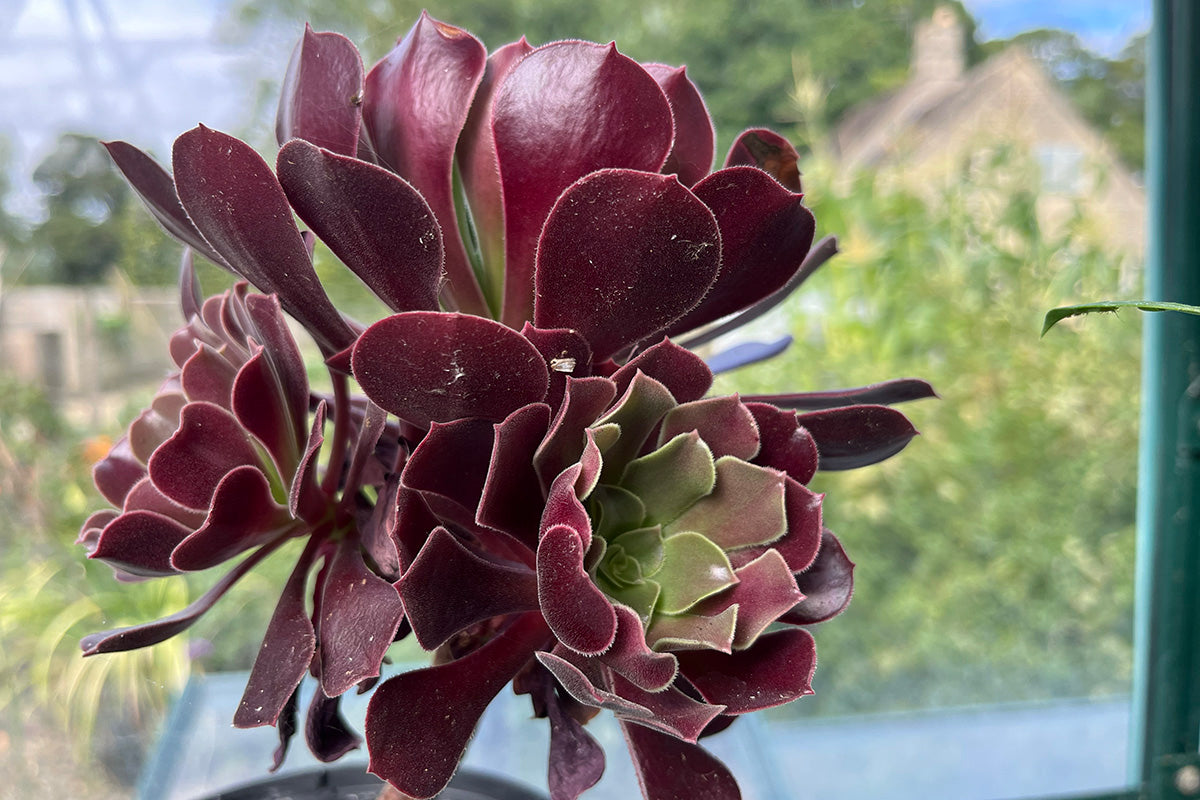To-Do's in October

Tender Plants
Towards the end of the month it’s time to bring in your tender plants if you haven’t done so already. Pelargoiniums, aeoniums, Echeveria, and many of the salvias should all be given protection from the elements. Most are quite hardy and will survive in an unheated greenhouse with the succulents requiring little if any water. It’s worth checking which varieties you have in case they won’t tolerate any cold and need heat to survive the winter months. A small collection may survive the winter on a bright windowsill but a growing collection may require heating to be installed in the greenhouse. If that's not an option, judicious use of horticultural fleece may just save the day.
Garlic Planting
Now is a great time to plant garlic. A cold spell later in the year does them no harm and promotes healthy plants with good segmentation of the cloves. Plant each individual clove an inch deep with their noses pointing upwards and cover with some form of protection; maybe some horticultural fleece or fine mesh. Not only will this create a slightly protected growing environment but it will prevent inquisitive crows pulling them up as the shoots start to emerge.
Daffodil Planting
Tulips are best planted in November or December but Daffodils or any other Narcissi can be planted now. Whether in the border or into grass there are many tools that have been developed over the years to help you plant them. Some of them will take out a plug of soil allowing you to drop a bulb into the hole. Other tools create the hole and allow you to drop the bulb down a tube. If clumps of flowers are required in grass it’s a simple case of lifting a flap of turf with a spade and planting beneath it. Some soil may need to be removed to allow for the volume of the bulbs and prevent a bulge to appear in the lawn.
Net Results
A good trick to benefit wildlife and the garden at the same time is to lift the nets on fruit cages. The birds will feed on any remaining fruit and birds like the wren or blue tit will pick over the plants feeding off any pests or larvae that they may find.
Tidy Euphorbias
Many euphorbias such as Euphorbia characius can have their old flowering stems removed now. Wearing gloves due to the toxic sap, cut the stems off as low down as possible. All stems on Euphorbia palustris can be cut right back to the ground unless you prefer to leave plants standing until the spring. The low growing deciduous varieties can also be left until spring or cut back now.
Pumpkin Protection
It’s wise to bring in your pumpkins and squashes this month so that they don’t get ruined by frost. There’s often room in the greenhouse at this time of year where they should receive ample protection from the cold.











